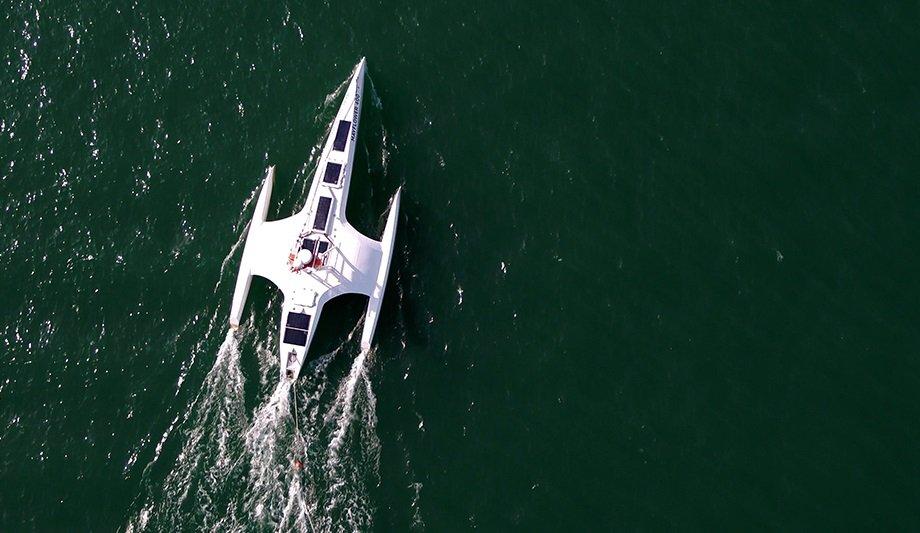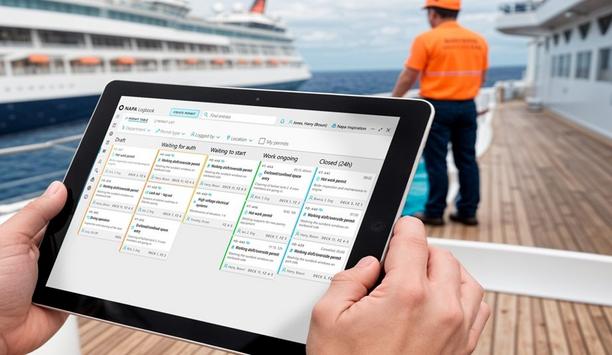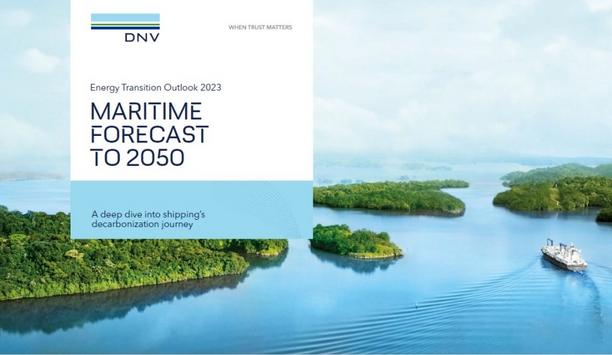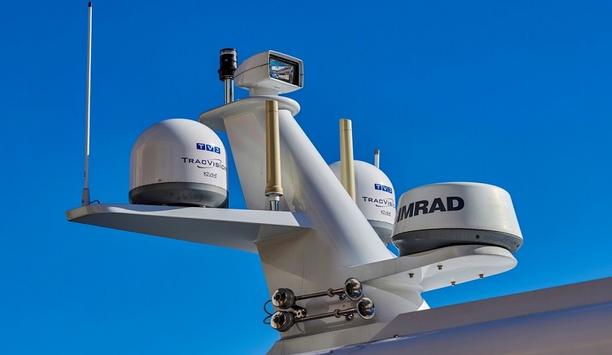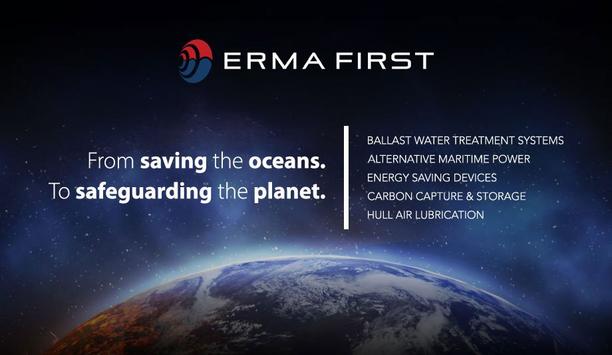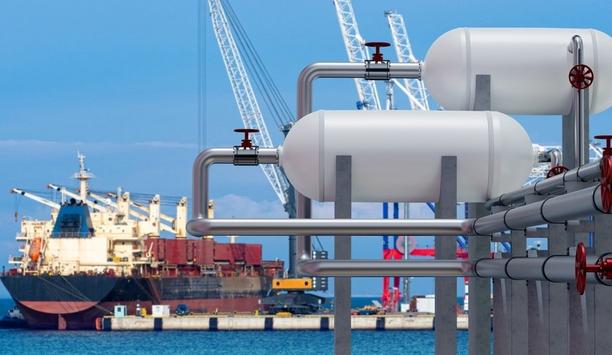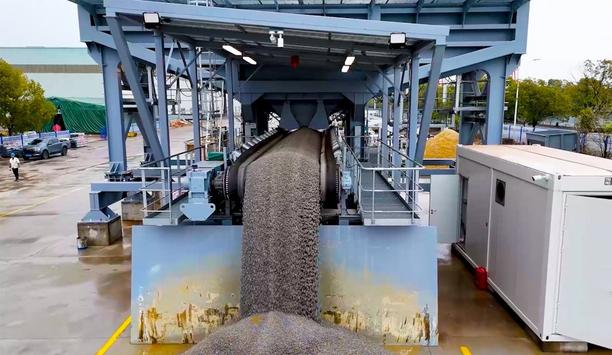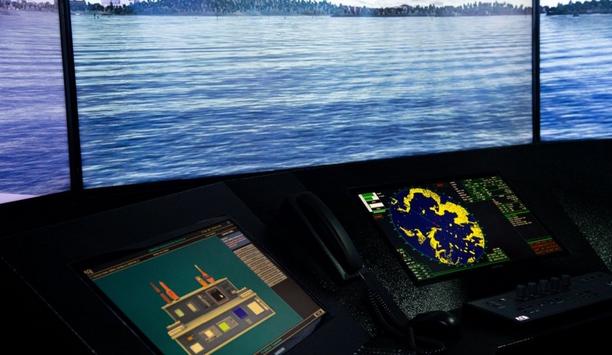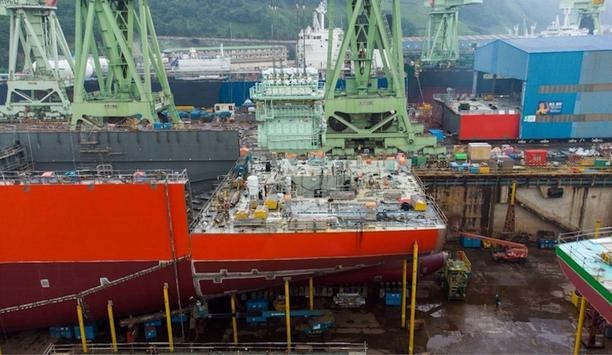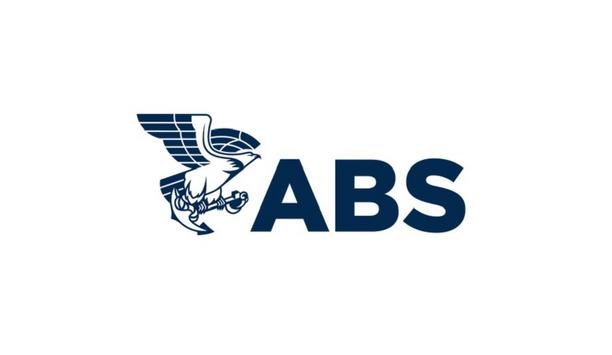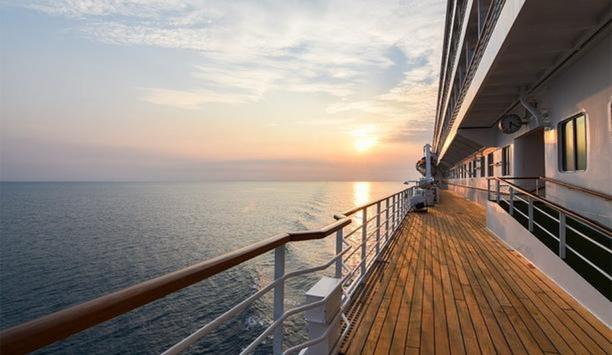The Mayflower departed from Plymouth, United Kingdom, this June with the intent of retracing the route of its famous historical namesake. The difference is that, in the case of the modern Mayflower, there was nobody on board the vessel, which operates autonomously.
The vessel is able to assess the current environment, identify and avoid hazards, and maintain situational awareness using the ship’s edge computing technology. The Mayflower Autonomous Ship (MAS400) is a project of the marine research non-profit ProMare, incorporating IBM automation software. It uses artificial intelligence (AI) and solar energy, providing a platform to enable deeper understanding of issues such as climate change, ocean plastic pollution, and conserving marine mammals.
Complex computer technologies
The initial voyage of the Mayflower Autonomous Ship came to an end three days later when a mechanical problem developed with the ship’s generator. Over the course of the journey, MAS400 cruised at an average speed of 7 knots and covered 450 nautical miles in a west-southwest direction, according to ProMare.
Plans are for MAS400 to return to the water and resume tests and long-range trials within weeks
Ironically, it was a hardware component that ended the trip and not directly related to the complex computer technologies that enable the vessel to operate autonomously. Plans are for MAS400 to return to the water and resume tests and long-range trials within weeks. The innovation that drives the MAS400 project is also enabling a worldwide trend toward autonomous shipping technologies, which are poised to revolutionize the trade sector by increasing sustainability and minimizing vessel collision.
Remotely controlled ships
When discussing automation in the maritime sector, it is useful to consider the various degrees of autonomy. In addition to the traditional ‘manned’ approach, an automated ship might run pre-programmed software to analyse conditions. Alternatively, a fully autonomous ship can analyse data to calculate the consequences and risks and make independent decisions. The transition from manned to fully autonomous is likely to occur in degrees in the coming years.
At the first stage, ships may be equipped with automated processes and support for human decision-making. More automation helps to reduce mental workload for the crews and increase their productivity. At the next level, remotely controlled ships may be deployed with crews on board. The crews could ensure safety of entering and departing a port, with the ocean passage more automated.
Collision avoidance methods
The crews may be eliminated, and the ships operated completely by remote control
Alternately, the crews may be eliminated, and the ships operated completely by remote control. The final stage is fully autonomous ships, which include the ability to determine actions and make decisions independently. Advantages of autonomous shipping include less possibility for human error, lower crew costs, safer treatment of aquatic life, and better fuel efficiency.
Current collision avoidance methods do not adequately compensate for human error, which would not be a problem with broader adoption of autonomous ships.
On-board computer systems can deploy AI and machine learning to collect and crunch data on position, speed and route to more accurately address the risk of collision. Collision avoidance systems have been developed by companies such as Orca AI and Fujitsu Laboratories.
Monitoring fleet movements
The degree of autonomy will vary based on the types of trade and trading patterns
Implementing the technology will require a large capital investment, both in the ships themselves and in onshore operations centres to monitor fleet movements. With no crew at all on board, maintenance issues of moving parts will be a challenge on long voyages.
Desirability of autonomy varies by the application. For example, a small inland and coastal craft might be more easily automated than a large trans-Atlantic container ship. How soon will autonomous ships be the norm? It is likely to be within the next several years. For example, the Yara Birkeland is an inland electric container ship that is likely to be fully autonomous by 2022.
Broadly speaking, the degree of autonomy will vary based on the types of trade and trading patterns. Looking long-term, there is a need for an in-depth cost and benefit analysis of the technology, which will pave the way for broader adoption.
